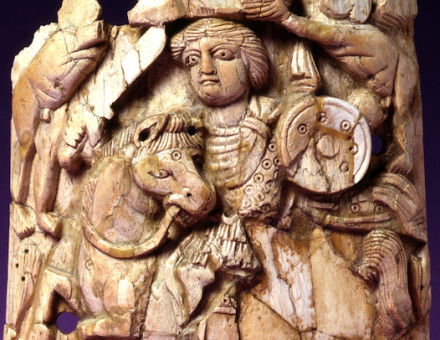Catchpenny Prints in Holland
Elka Schrijver documents the productions and popularity of these 18th-century engravings and prints.
If printing had not been invented before Luther translated the Bible into plain German, meant to be read by everyone who had been taught to read, the Reformation could not have spread in the way it did. Moreover, Luther’s fame and success were already predetermined by an earlier invention: half a century before he nailed his ninety-five theses on the church door at Wittenberg in 1517, simple prints of wood engravings, illustrating scenes from the Old and New Testaments, were already being produced in fairly large quantities in Germany, France and the Low Countries.
They were an easy and comparatively cheap medium with which to teach Biblical history to all who were not scholars. Among the earliest examples of such prints in the vast collection of the Rijksmuseum Print Room in Amsterdam are far-from-simple compositions of various saints: a beautiful print, showing SS Aegidius, Nicholas, Vitus, Eustachius, Margaret, Catherine and Barbara, the work of an anonymous master, printed and hand-coloured at Württemberg in Swabia in 1470.





